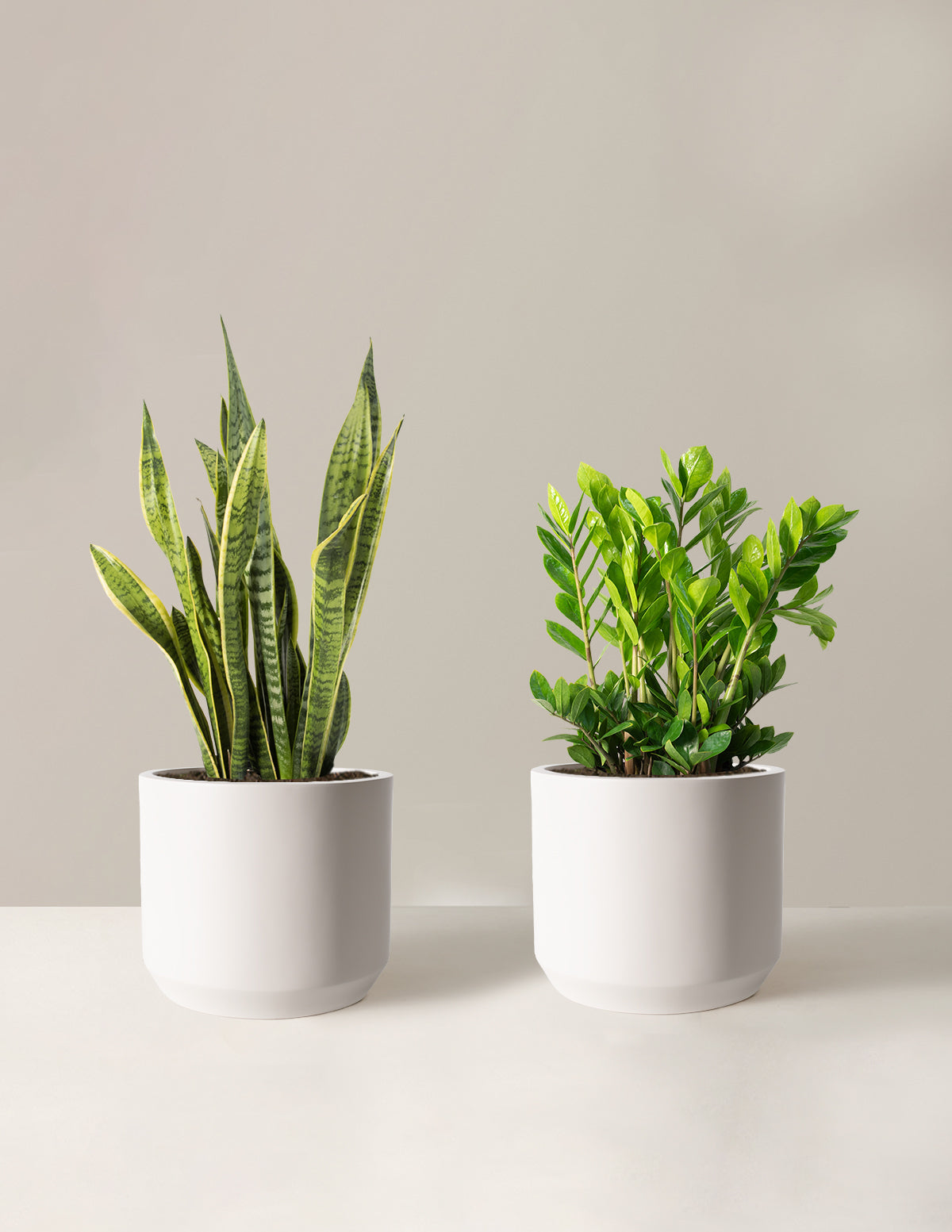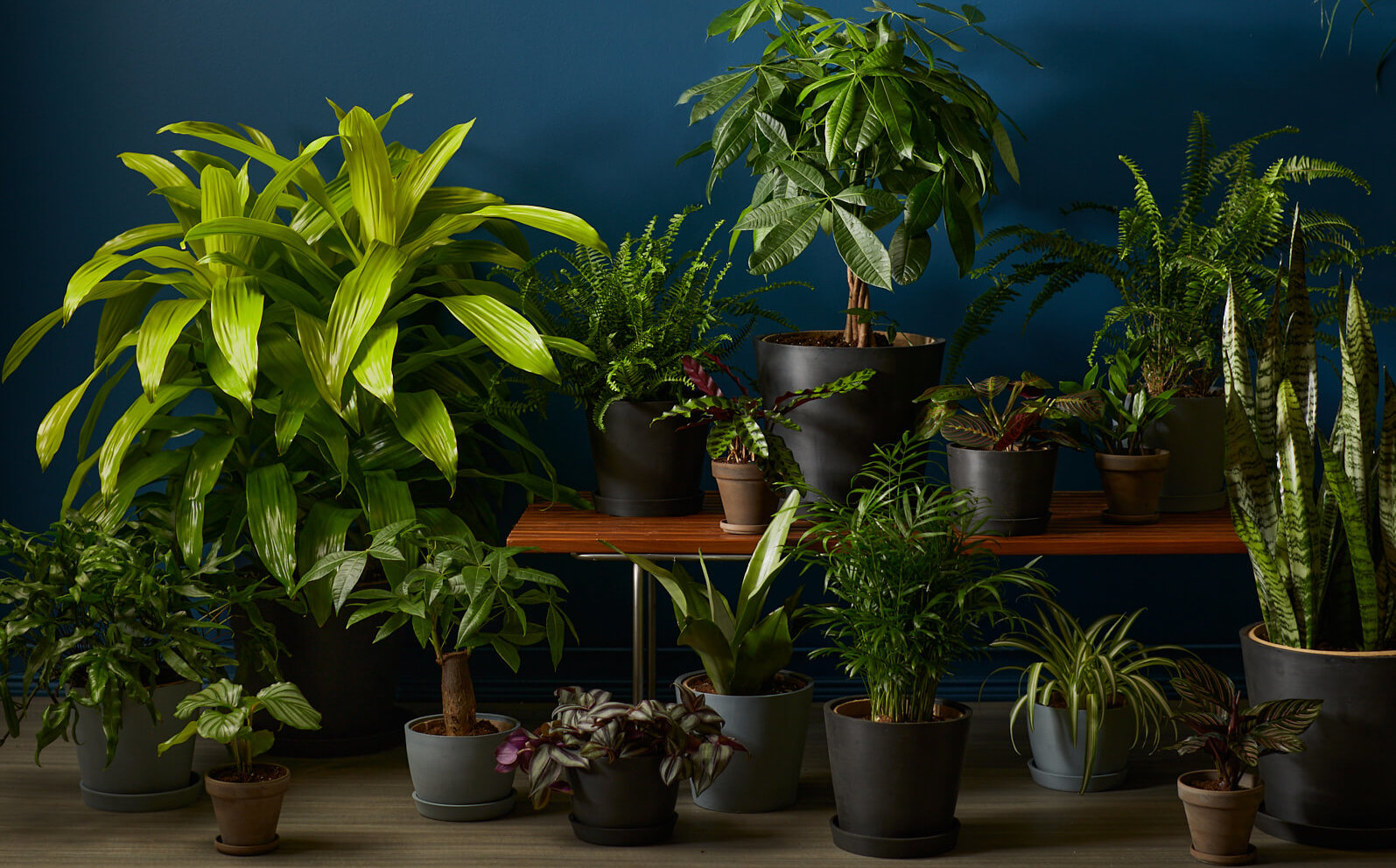How to Choose the Best Low-Light Indoor Plants for Your Interior Design Needs
Discover the Special Advantages of Low-Light Indoor Plants for Your Living Space
Including low-light indoor plants right into your home uses a plethora of advantages that prolong much past plain aesthetic appeals. These sturdy plants not just flourish in environments with minimal sunshine yet likewise offer crucial features such as air filtration and humidity enhancement. In addition, they can favorably affect your mood and overall well-being while calling for marginal maintenance. As you think about the transformative potential of these plants, it becomes vital to check out how their distinct qualities can tailor your setting to better serve your lifestyle. What specific advantages might reverberate most with your individual room?
Air Filtration Benefits
Low-light indoor plants not only enhance the visual appeal of living rooms but additionally play a considerable function in air filtration. Research study has shown that particular plant species can properly get rid of typical interior contaminants, consisting of formaldehyde, trichloroethylene, and benzene. These compounds frequently rise from house products such as furniture, cleansing products, and structure materials, adding to indoor air high quality issues.
Plants such as the serpent plant, pothos, and tranquility lily are especially skilled at filtering dangerous compounds from the air while flourishing in low-light conditions. The process of phytoremediation, wherein plants soak up and metabolize toxic substances, makes it possible for these varieties to contribute considerably to a healthier indoor setting. Furthermore, with photosynthesis, plants release oxygen, additionally enhancing air quality.
Incorporating low-light interior plants right into office or home rooms not only gives aesthetic benefits however additionally serves as a sensible method for improving air high quality. By picking the right types, people can create an environment that promotes wellness and reduces exposure to harmful toxins, making these plants a crucial element in modern interior living.

State Of Mind Improvement Effects
Countless research studies have revealed that integrating interior plants can significantly enhance mood and total emotional well-being. The visibility of plant in interior environments has been connected to minimized anxiety degrees, boosted feelings of calmness, and improved emotional wellness. Low-light indoor plants, in specific, thrive in atmospheres where all-natural light is limited, making them best for numerous living spaces.
Research study suggests that interacting with plants can promote the launch of serotonin, a natural chemical connected with sensations of happiness and health. Furthermore, the act of caring for plants fosters a feeling of obligation and accomplishment, additional adding to favorable mental health end results. Moreover, low-light plants such as serpent plants, pothos, and tranquility lilies have actually been shown to enhance air quality, which is intrinsically linked to mood enhancement.
Integrating these plants into your office or home can create a peaceful ambience, supplying a sensory and aesthetic getaway from the pressure of day-to-day live - Best low-light indoor plants. As individuals spend enhancing quantities of time inside your home, the mood-enhancing results of low-light indoor plants come to be much more essential, giving not only aesthetic appeal however likewise an extensive impact on emotional wellness
Reduced Maintenance Requirements
For those seeking to boost their interior areas without a substantial time dedication, low-light indoor plants are a suitable choice as a result of their reduced maintenance demands. These resilient plants prosper in less-than-ideal lighting conditions, making them excellent for homes and workplaces where natural sunshine is limited.
:max_bytes(150000):strip_icc()/low-light-houseplants-snake-plant-hero-getty-1123-bb1e9fd1b2024e879a45c3e6bbd9fcfe.jpg)
Pest resistance is another benefit of low-light interior plants. Numerous ranges are less prone to common pests, reducing the need for consistent monitoring and intervention. These plants usually grow more slowly than their high-light counterparts, implying much less regular repotting and trimming are necessary.
Aesthetic Allure and Flexibility

Furthermore, these plants can be arranged in myriad means, whether in teams for a lush effect or as standalone functions to attract the eye. The choices of planter designs-- from streamlined ceramic pots to rustic wood containers-- better enhance their visual worth, allowing property owners to share their individual design.
Moreover, low-light plants can be tactically put in areas that might or else feel disregarded, such as edges or dimly lit racks, consequently optimizing their decorative potential. Eventually, the mix of their striking look and adaptability makes low-light indoor plants a valuable enhancement to any type of space, producing an inviting ambience that promotes well-being and relaxation.
Enhanced Moisture Levels
Enhancing published here interior humidity levels is one of the considerable advantages of integrating low-light interior plants right into living areas. These plants naturally launch moisture vapor with a procedure called transpiration, which happens when water absorbed by the origins relocates through the plant and evaporates from the fallen leaves. This process not only boosts moisture however likewise adds to a much healthier indoor atmosphere.
Enhanced moisture degrees can ease numerous wellness concerns, such as completely dry skin, breathing troubles, and allergies. Several individuals experience discomfort in dry interior conditions, specifically throughout winter season months when furnace remain in usage. By purposefully placing low-light plants throughout your home, you can produce an extra balanced humidity level that cultivates general wellness.
Additionally, particular low-light interior plants, like tranquility lilies and spider plants, are especially effective at raising moisture. Their capability to flourish in low-light environments makes them suitable for numerous rooms, from offices to bedrooms. In addition to enhancing moisture, these plants can also improve air quality by removing usual indoor pollutants, making them a useful addition to any home. Thus, low-light interior plants serve both aesthetic and functional functions, advertising a healthier atmosphere.
Final Thought
In summary, low-light indoor plants provide many benefits that add to a healthier and extra inviting living area. Their capacity to purify the air, enhance state of mind, and enhance moisture degrees site web highlights their worth as efficient design aspects. Their reduced upkeep needs and visual convenience make them suitable for various settings. Including these resilient plants into indoor settings not only elevates the setting but additionally promotes general well-being, establishing a serene refuge for locals.
Plants such as the snake plant, pothos, and tranquility lily are specifically proficient at filtering system dangerous substances from the air while growing in low-light conditions. Low-light plants such as serpent plants, pothos, and peace lilies have been revealed to improve air top quality, which is intrinsically linked to state of mind enhancement.
Low-light indoor plants, such as serpent plants, pothos, and ZZ plants, not only improve the visual landscape of a room however also introduce different appearances and tones of eco-friendly that can enhance varied interior styles. These plants naturally release dampness vapor through a procedure recognized as transpiration, which takes place when water soaked up by the roots moves via the plant and evaporates from the fallen go leaves.Furthermore, specific low-light indoor plants, like tranquility lilies and crawler plants, are especially efficient at raising humidity.